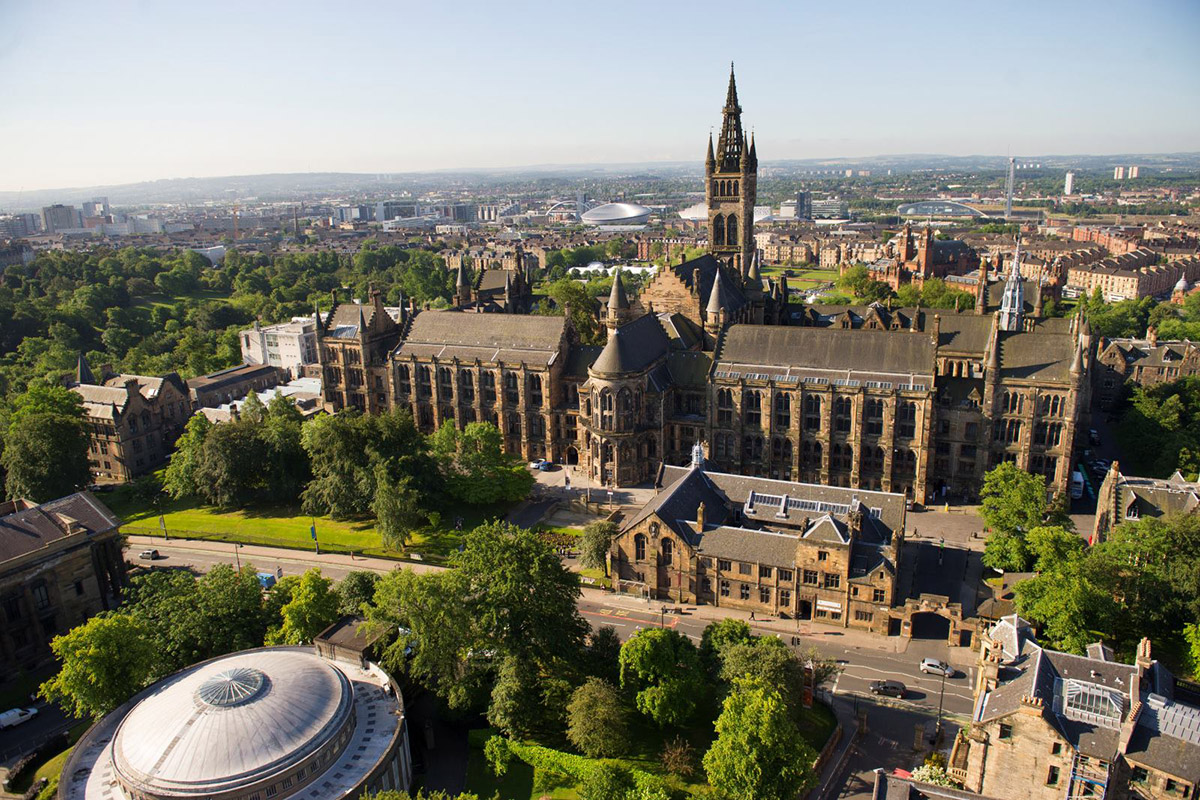
26 Jan 2024
Social class is a powerful hierarchy that determines many privileges and disadvantages in society. Research shows that people are quick to form impressions of other people’s social class standing, which can have important consequences – but what specifically drives these impressions, and their relationship to judgements of harmful or advantageous stereotypes, has remained unknown.
A new study – led by the University of Glasgow and published in the APA Journal of Experimental Psychology: General – used a perception-based, data-driven method to identify the specific 3D facial features that drive perceptions of social class standing and show how these relate to other stereotype-related judgements.
Led by a team of researchers at the University’s School of Psychology and Neuroscience, the research focused on the question of what makes someone appear to be of a higher or lower social class standing (or what makes someone look rich vs. poor), and how these appearances are linked to perceptions of competence, warmth, dominance, and trustworthiness – traits which are stereotypically linked to social class. The study was carried out with White participants from Western cultures, employing a large number of face stimuli.
The results reveal a unique constellation of facial features that underlie judgements of social class. Faces perceived as poor exhibited particular characteristics such as being wider, shorter, and flatter, with downturned mouths and darker, cooler complexions. Each of these facial features also made faces appear more incompetent, cold, or untrustworthy. In contrast, faces perceived as rich were narrower and longer with upturned mouths and lighter, warmer complexions – features which corresponded to those associated with perceptions of competence, warmth, and trustworthiness.
Corresponding author Dr R. Thora Bjornsdottir (now Lecturer at the University of Stirling) said: “People who are perceived to be of high or low social class standing are also often judged as having advantageous or unfavourable traits, respectively. Such judgements are formed even just from facial appearance, and this can have substantial downstream consequences, including disadvantaging those who are perceived to be of lower social class standing.
“In our study, by revealing the facial features that underlie these subjective judgements, we provide new insights into what makes someone look rich or poor and show how these judgements relate to positive and negative stereotypes (such as competence vs. incompetence). The results suggest that social class stereotypes explain the link between facial appearance and judgements of individuals’ social class standing. This highlights that the stereotypes we hold are consequential for how we perceive others – they bias our perceptions. Our impressions of other people can then lead to particular advantages or disadvantages for them.”
Prof Rachael E. Jack, Professor of Computational Social Cognition, added: “Our research demonstrates how specific facial attributes play a pivotal role in connecting social class perceptions with related stereotypes. These findings are not only valuable for advancing our understanding of central social perception theories, but could also help with future interventions designed to interrupt biased perceptions.”
The study, ‘Social Class Perception Is Driven by Stereotype-Related Facial Features,’ is published in APA Journal of Experimental Psychology: General. The study was funded by the European Research Council (ERC), the Economic and Social Research Council (ESRC), Wellcome Trust, and Engineering and Physical Sciences Research Council (EPSRC).